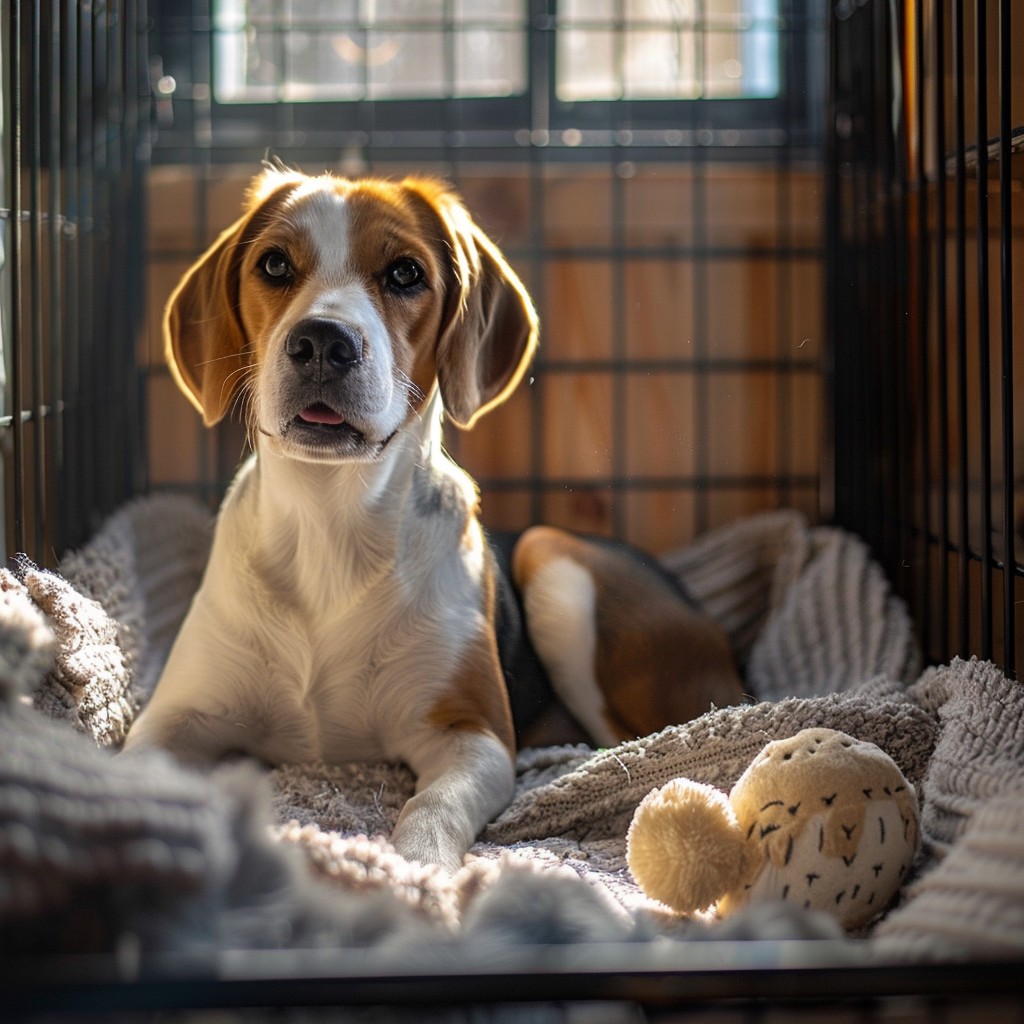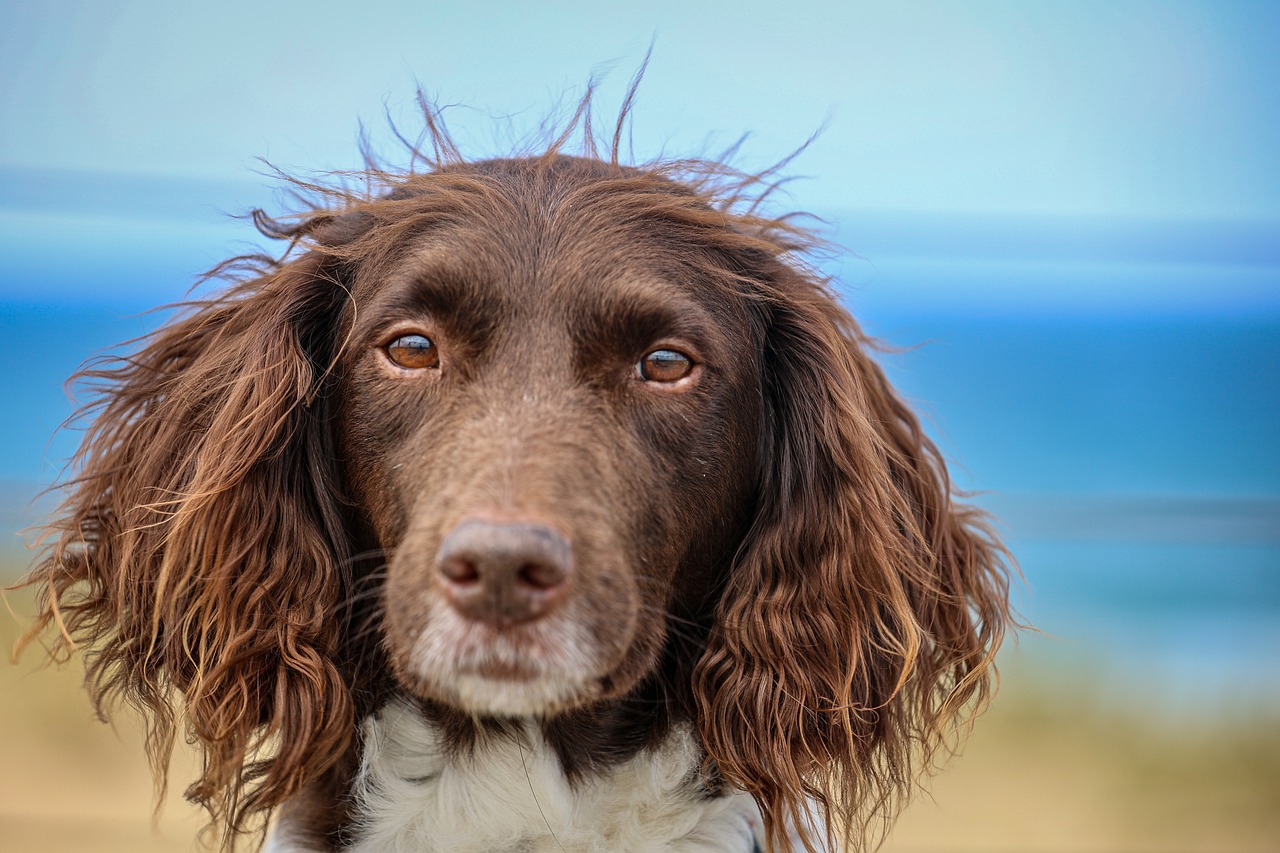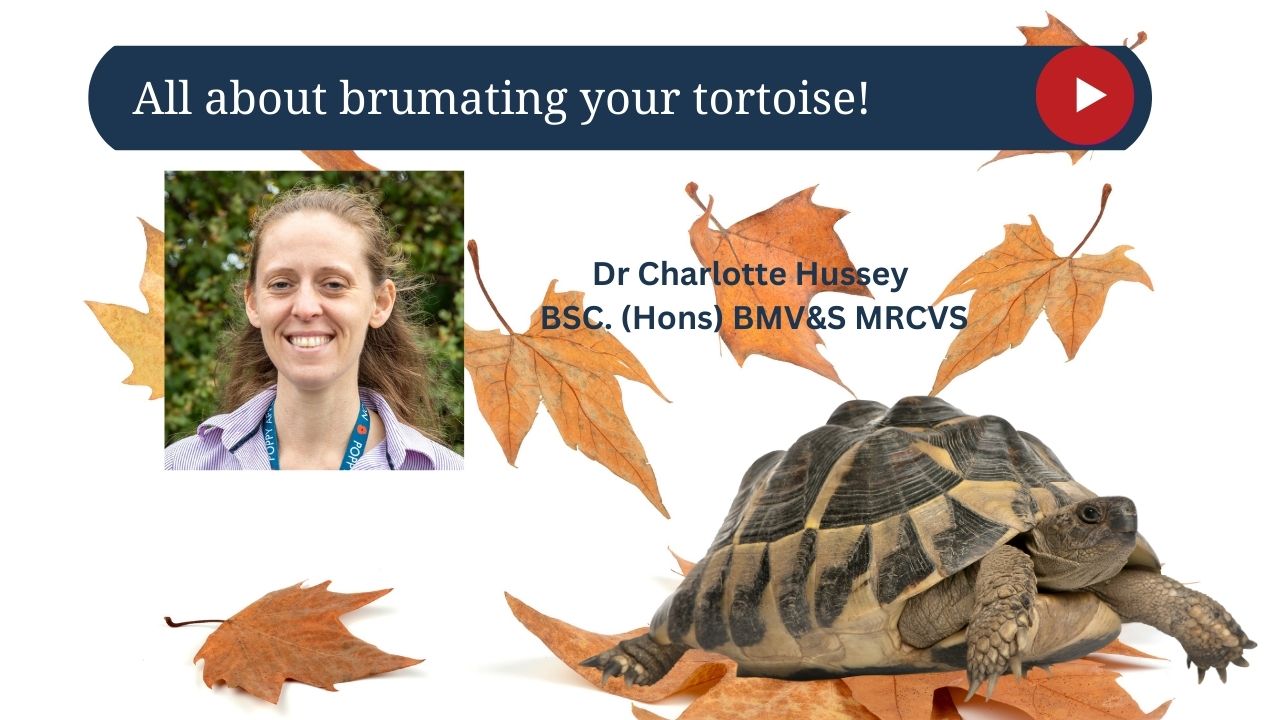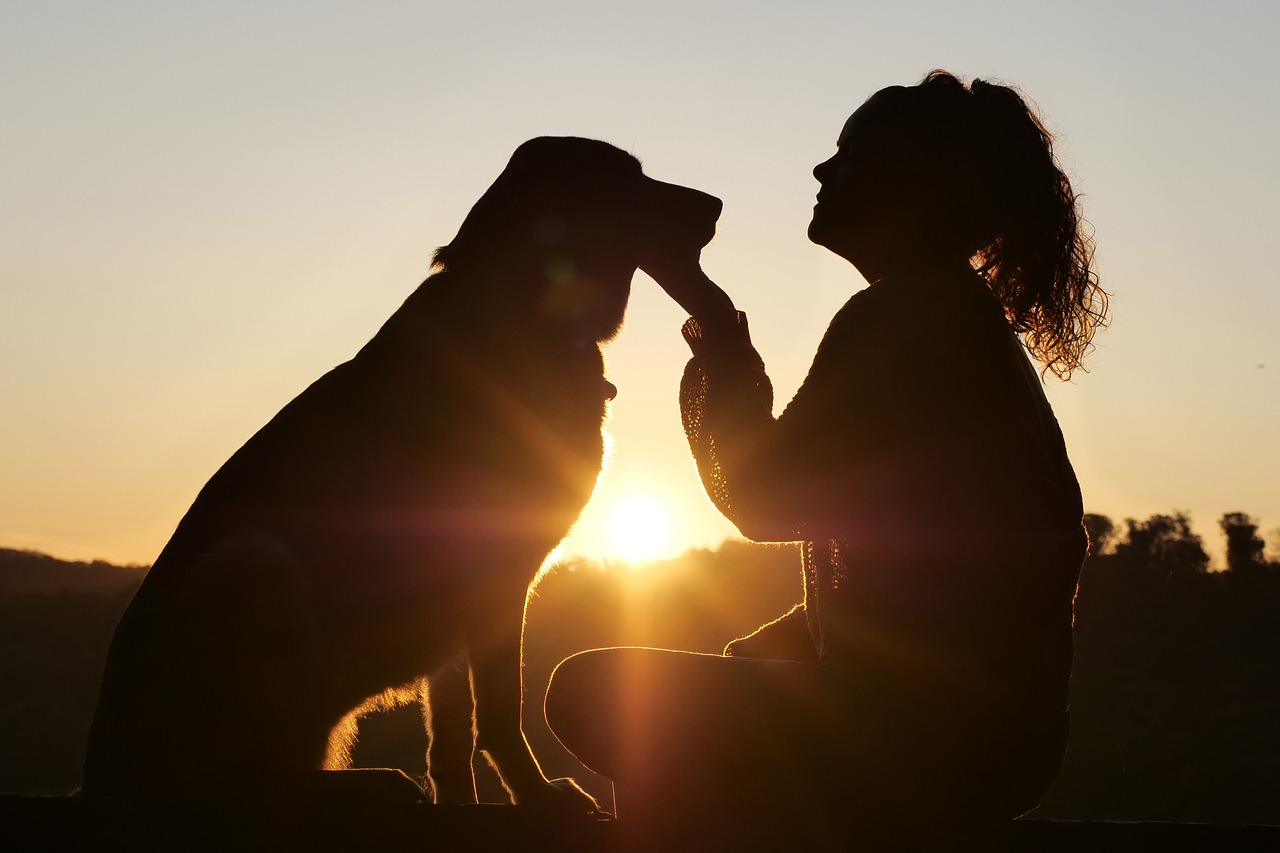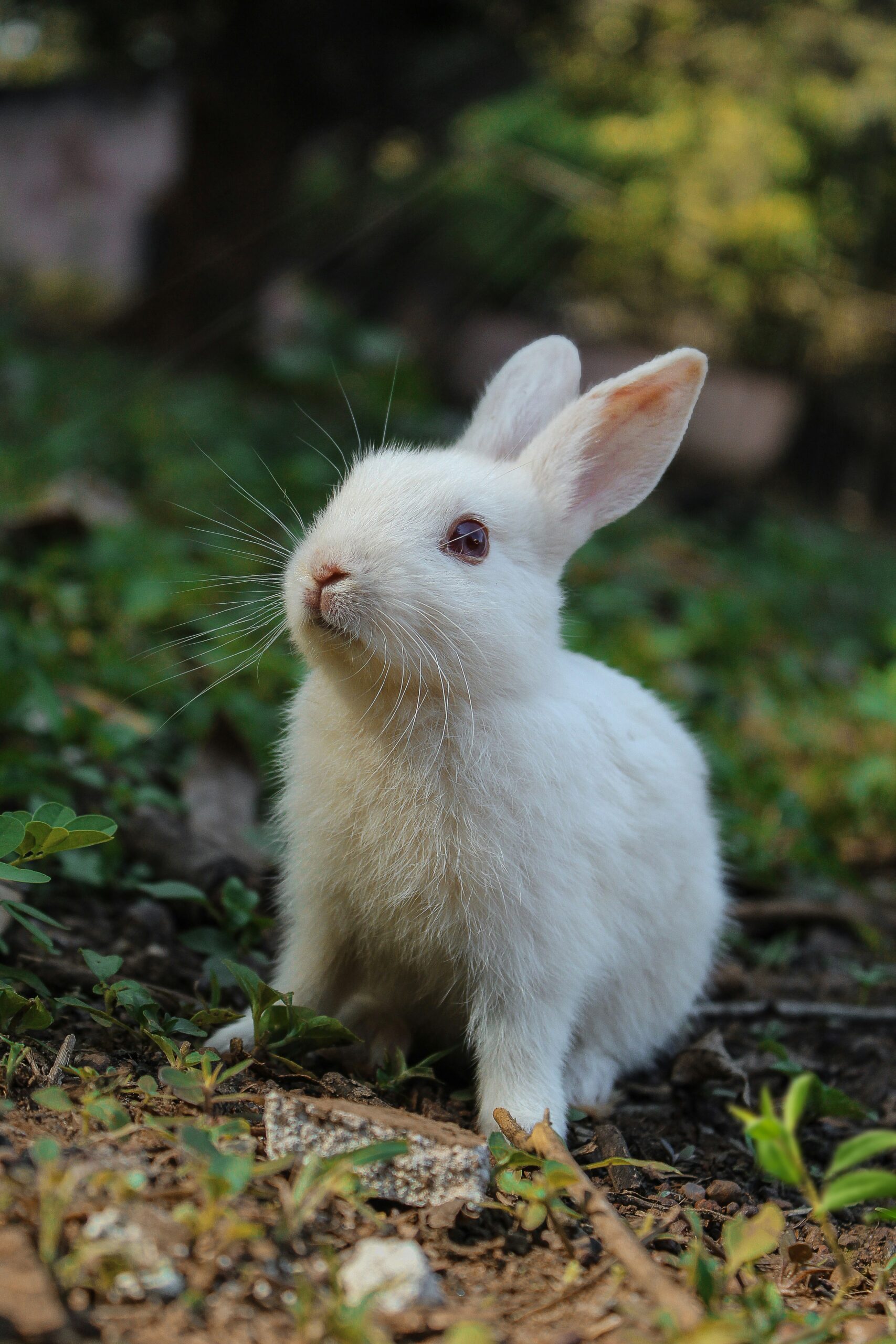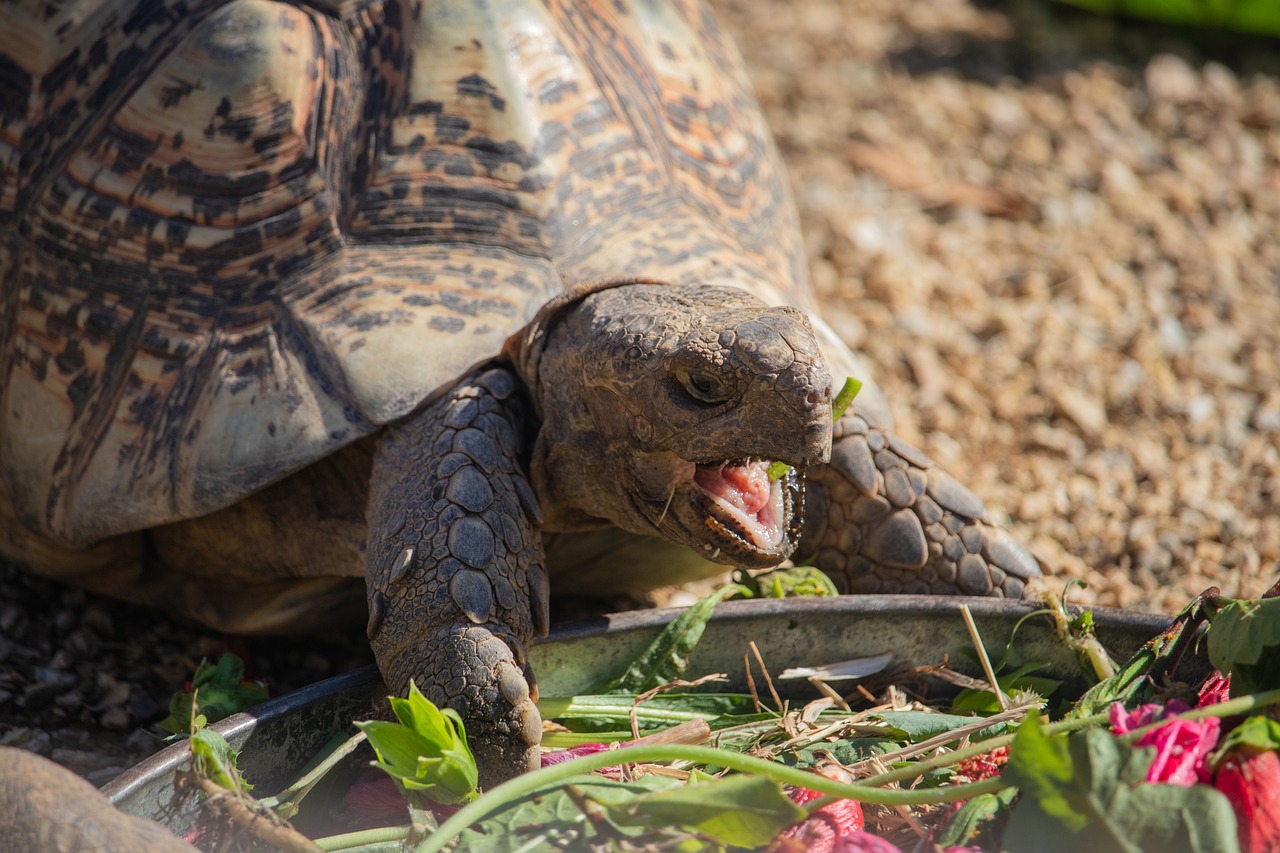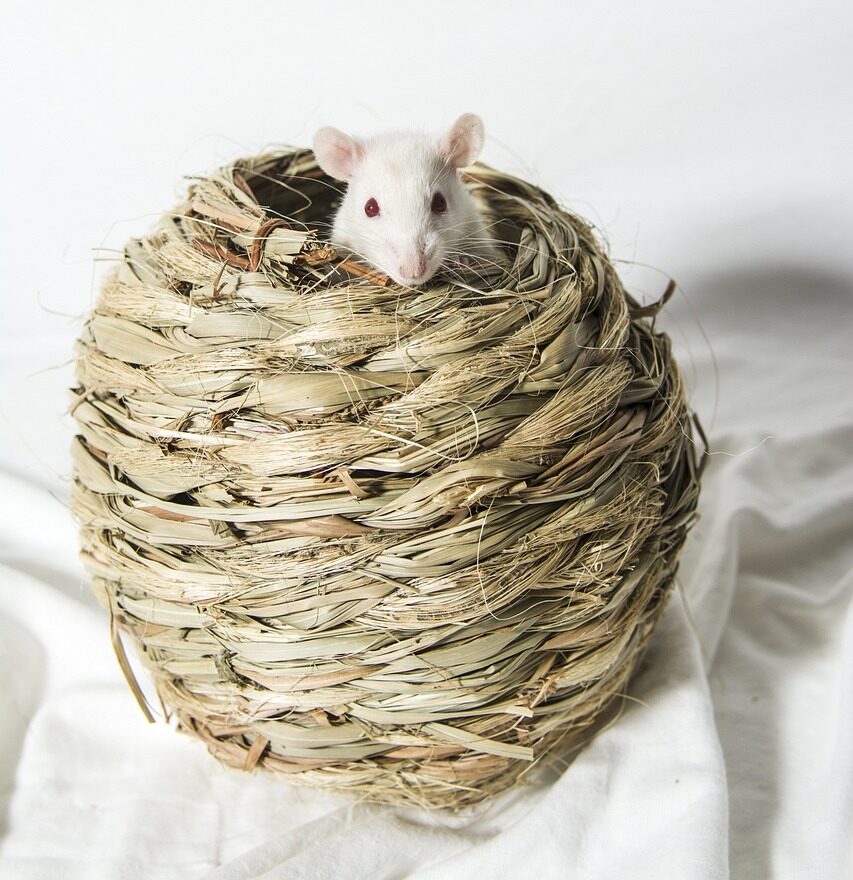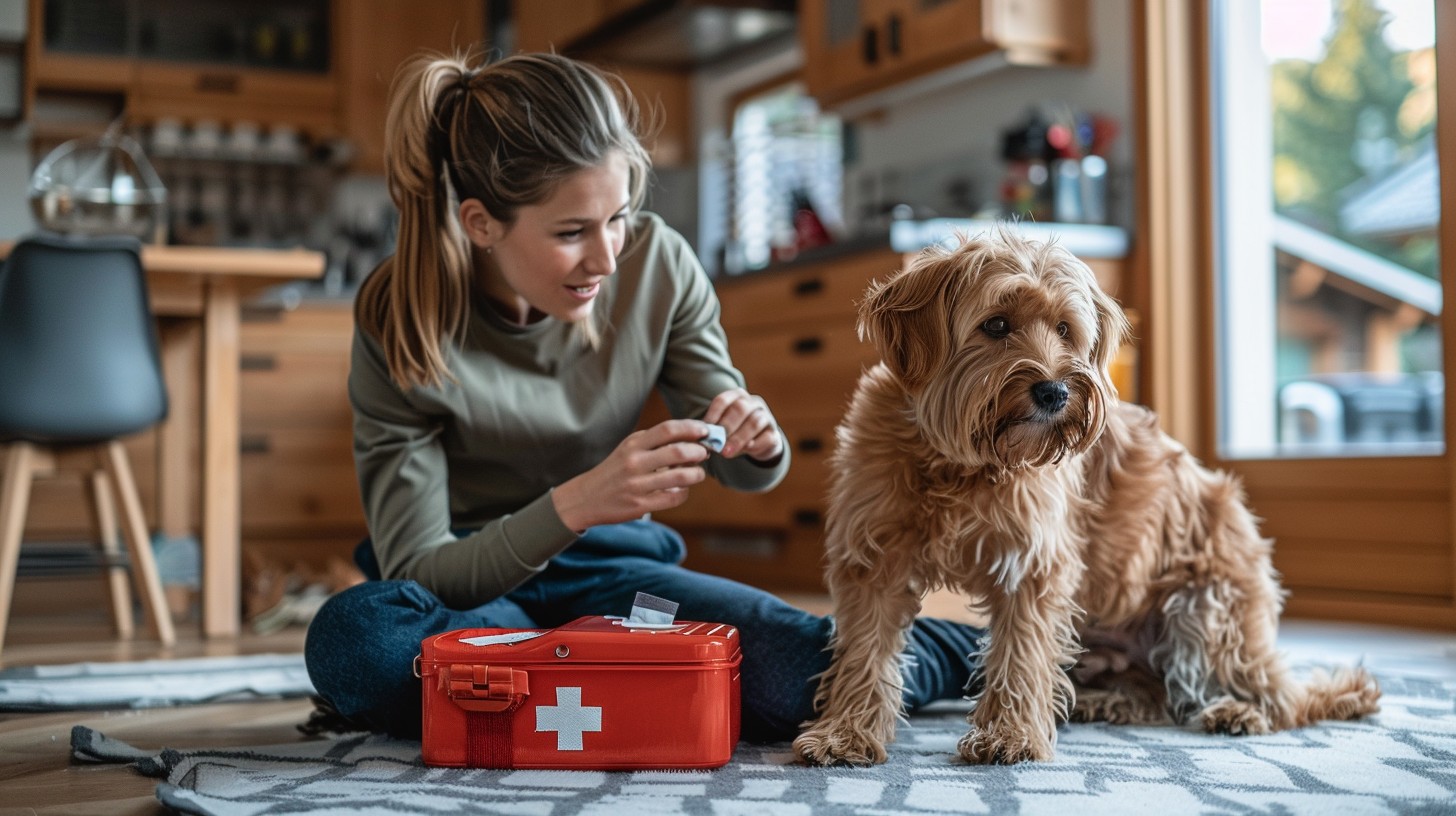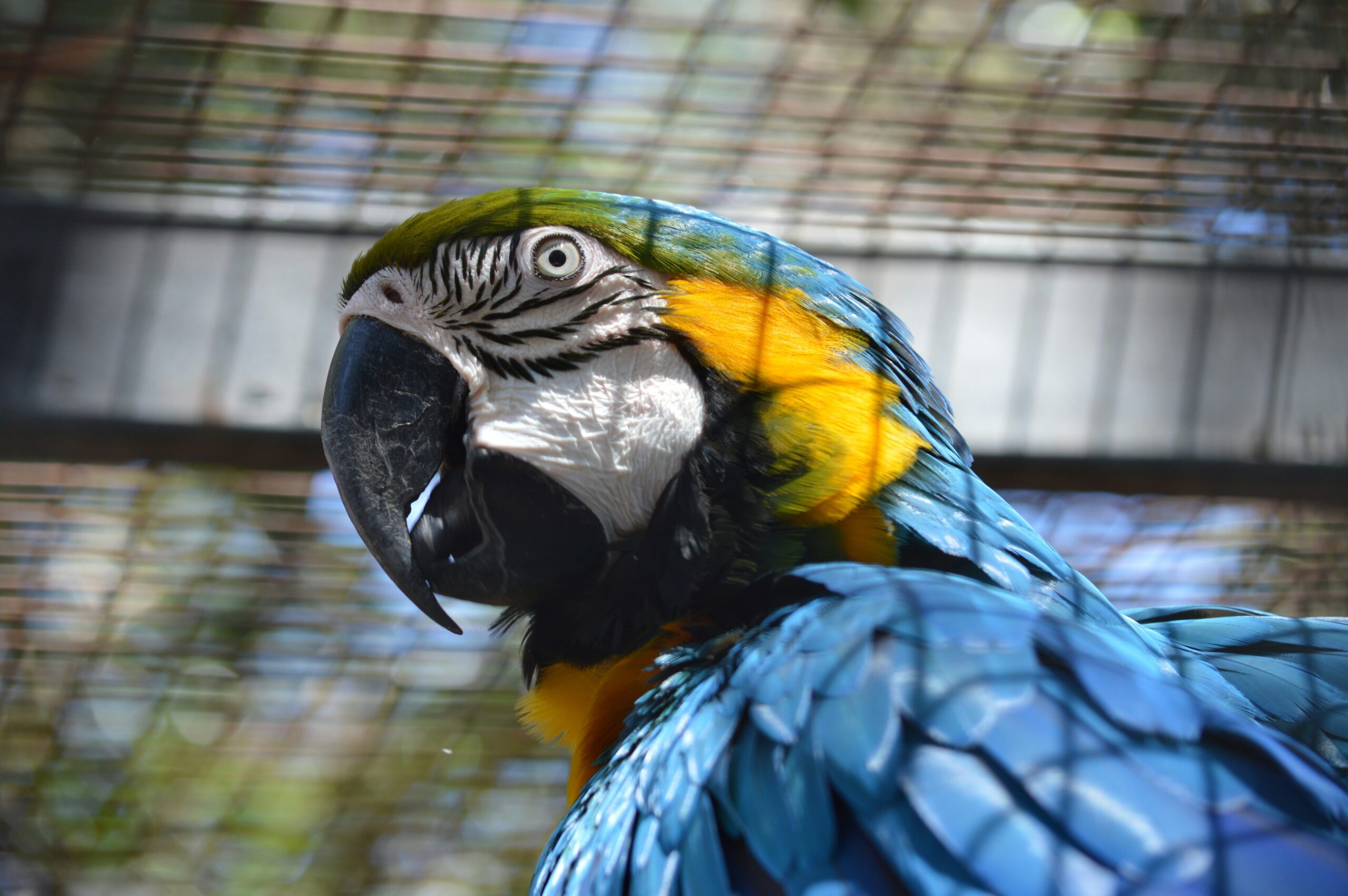Patient Library
Choose a topic or
Search the library
Information to help you to prepare for a pet’s visit that requires a sedation or general anaesthetic.
Essentials of keeping rabbits, guinea-pigs, degus and chinchillas - housing, diet, enrichment, exercise and company
Herpes viruses belong to an enormous family of DNA viruses – there are over 100 different strains and they affect most species.
Information about post-operative care from what to expect after a sedation or general anaesthetic, discharge from the clinic and what to prepare at home.
When you have a sick pet, it may be that we suggest some diagnostic tests to try to confirm or rule out certain conditions. Diagnostic imaging is one of the options, depending on the case.
Megabacteria is actually a yeast organism called Macrorhabdus ornithogaster, or avian gastric yeast.
Answers to questions you may have about pet euthanasia and how we can help
In hypselodont species, such as rabbits, teeth grow continuously throughout the life of the animal so they need to be managed carefully.
Tortoises and lizards come from all over the world and, as such, their diets vary from species to species. You should confirm what species your tortoise or lizard is before carefully researching a suitable diet for them.
Essentials for keeping gerbils, mice, rats and hamsters happy and healthy - diet, housing, enrichment, company, exercise and care
Applying a poultice can be a useful way of removing small foreign bodies from paws – for example grass seeds, thorns and splinters.
Any bird may be affected by Aspergillus species, but it is most commonly associated with birds of prey and with parrot species that are taking a seed-based diet.
C. albicans can be a primary gastrointestinal pathogen, especially in finches, but it is more frequently secondary to another problem.






